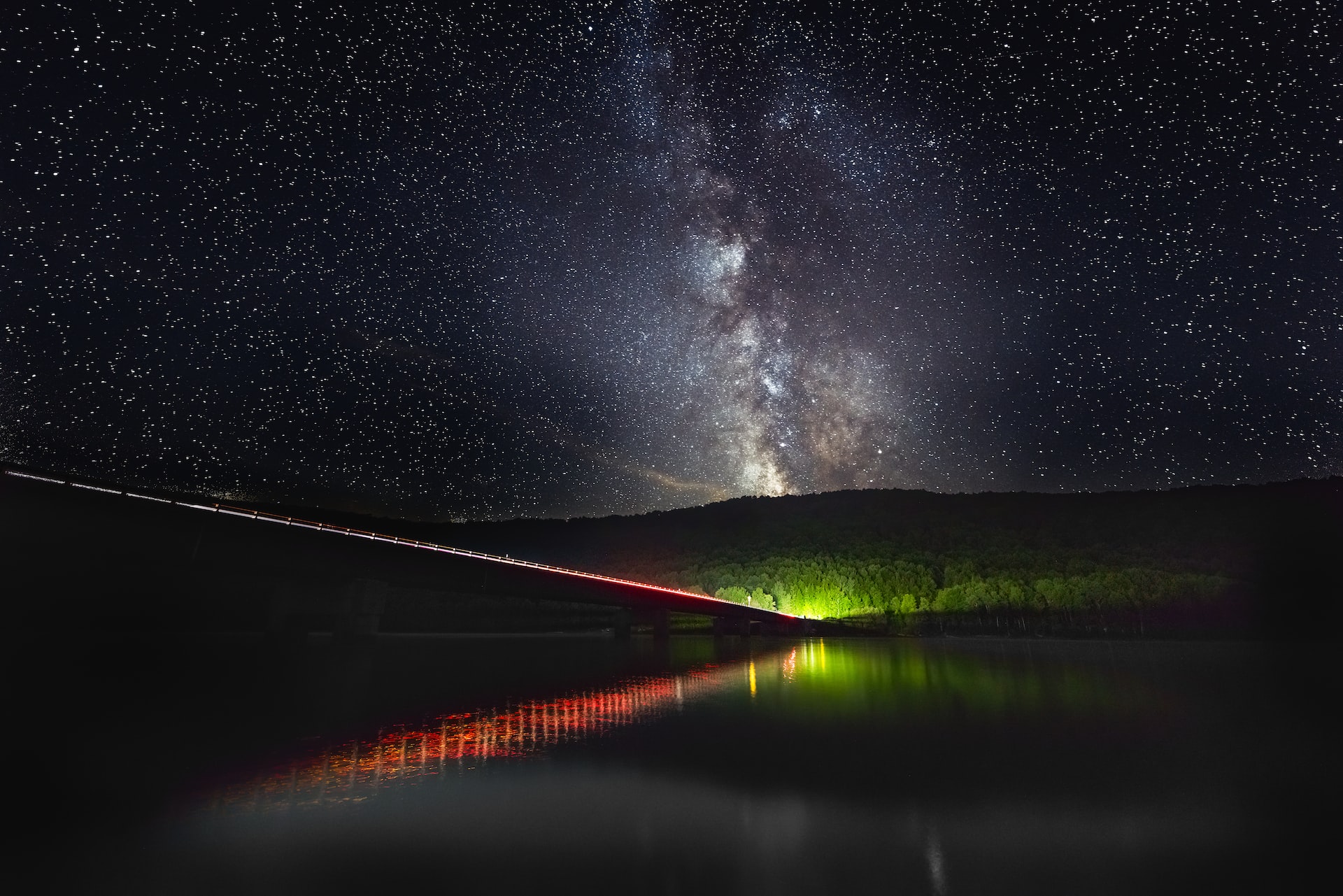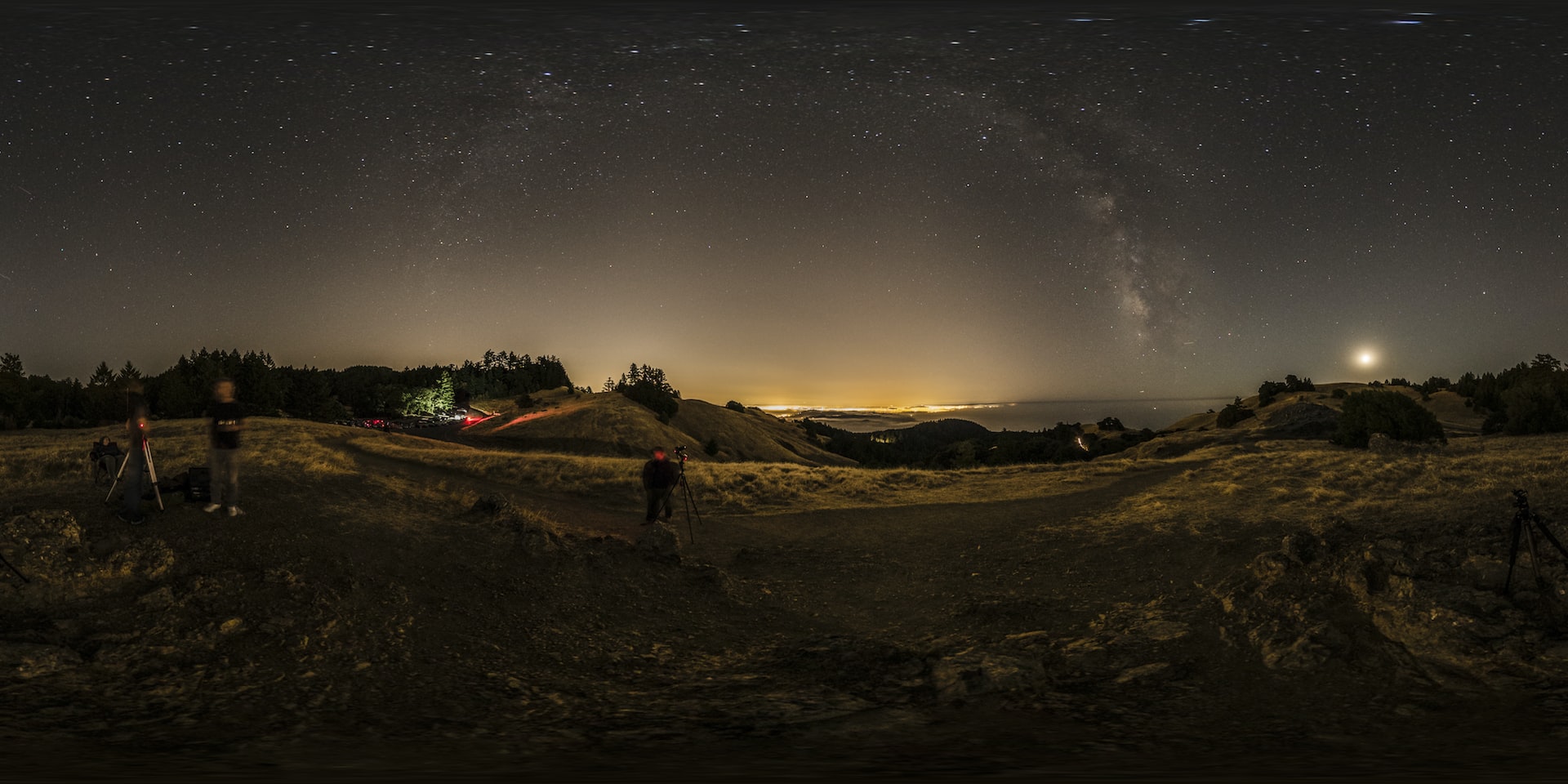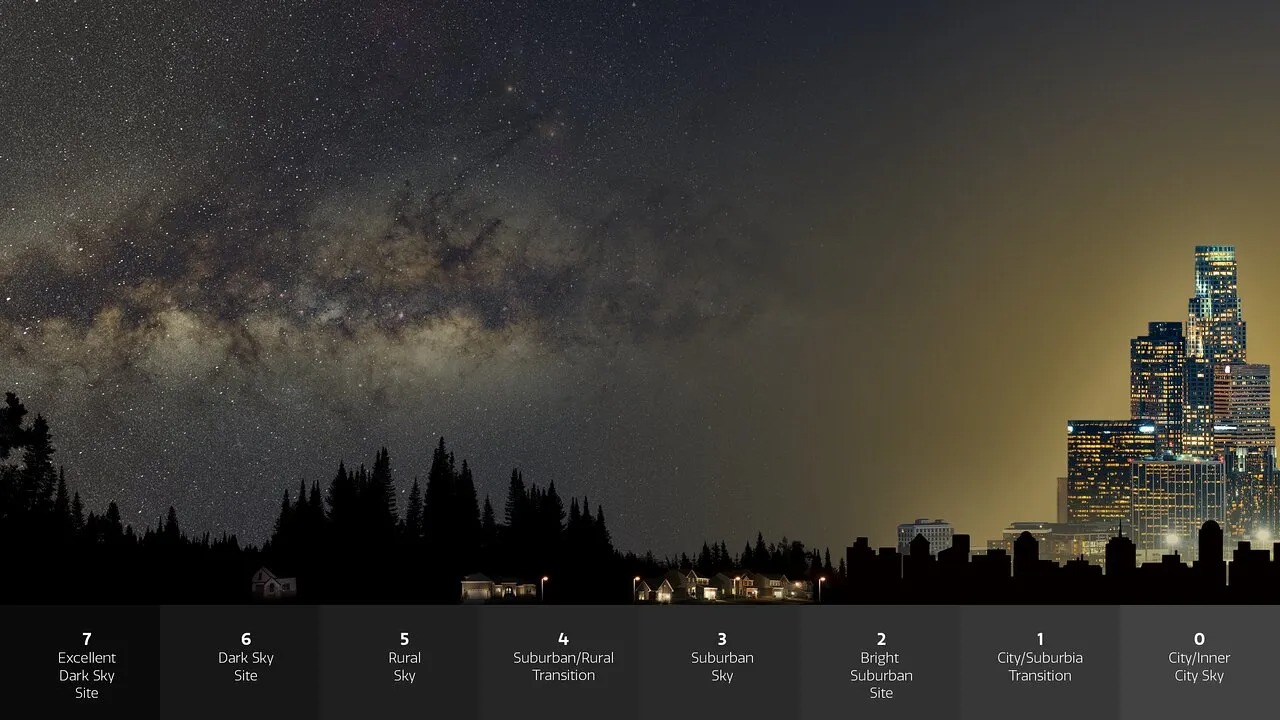A new study from the program called Globe at Night, which is conducted by the NOIRLab network of observatories, funded by the National Science Foundation, proves a sad fact: a third of humanity is deprived of the opportunity to see our native Milky Way galaxy with the naked eye. The problem is light pollution. This is cumulative diffuse illumination of the night sky from artificial light sources.

This study is the latest addition on light pollution, measurements of which began at least half a century ago. After analyzing more than 50 thousand observations, the researchers found an increase in the brightness of the sky by 9.6% over the past decade.
“At this rate of change, a child who would have seen 250 stars at an early age would not have distinguished more than 100 until his adulthood,” said the study’s lead author Christopher Kiba, a researcher at the German Geosciences Research Center.
Causes and consequences of light pollution
The authors estimate that 80% of people in the United States and 30% worldwide cannot see the arc of the Milky Way on a clear night. Part of the problem with what we can see with the naked eye is related to the types of lighting used. Billboards and shop windows are particularly strongly affected by light pollution.

“Economical LED lights greatly affect our perception of the brightness of the sky. The speed at which stars become invisible to people in an urban environment is amazing,” Kiba said.
The increase in sky luminosity is most dramatic in North America, followed by Europe. But the problem of light pollution affects not only astronomy and sky observation, co-author Constance Walker, who heads Globe at Night, says there are other consequences.
“The glow of the sky affects both daytime and nighttime animals, and also destroys an important part of our cultural heritage. Therefore, we need to redouble our efforts to develop new strategies to protect the dark sky,” says Walker.

Earlier we reported on how the starry sky of 2022 became the brightest due to the reduction of light pollution.
According to Science
Follow us on Twitter to get the most interesting space news in time
https://twitter.com/ust_magazine

